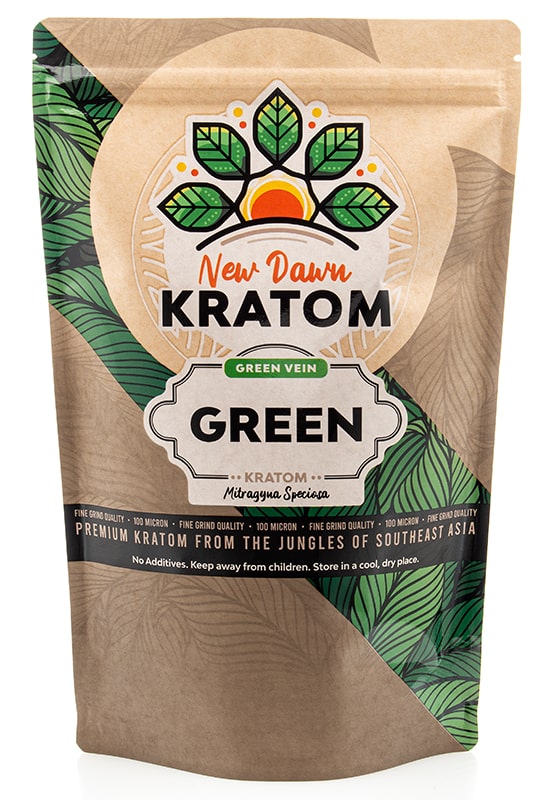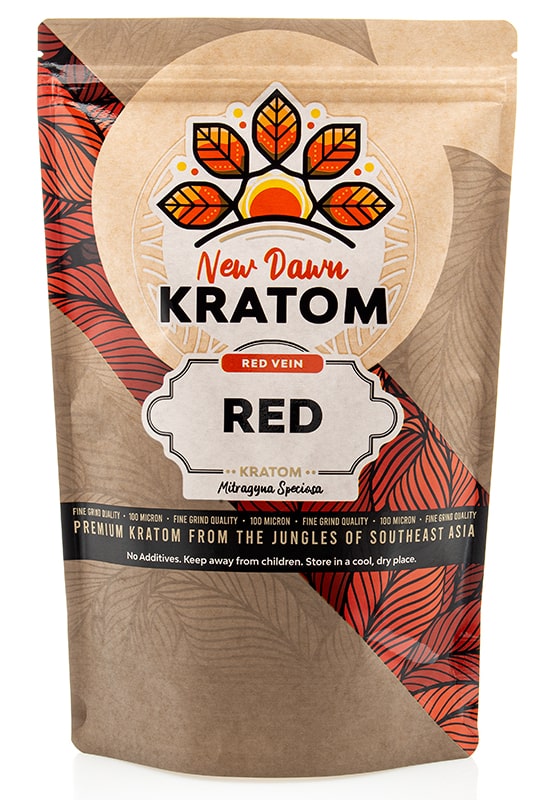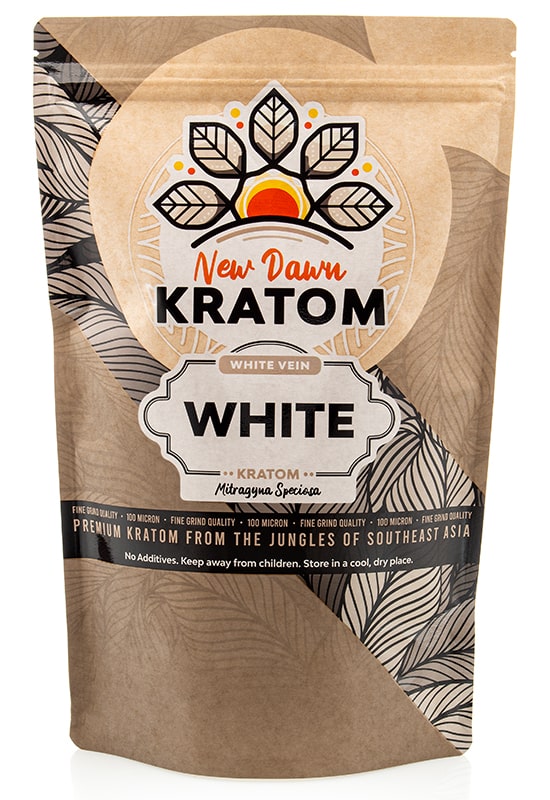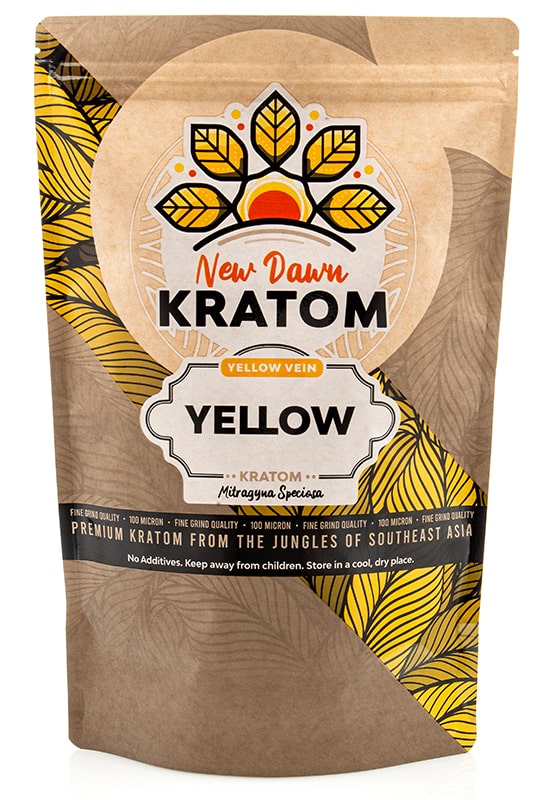The popularity of herbal remedies has been on the rise, with more and more individuals seeking natural alternatives for their health concerns. Two popular herbs that have gained significant attention are ashwagandha and kratom. While both are termed botanicals, they possess distinct characteristics and effects.
Ashwagandha, also known as Withania somnifera, is an ancient medicinal herb that originated in India. Historically, it has been suggested for its involvement as an adaptogen and in managing stress. On the other hand, kratom, scientifically known as Mitragyna speciosa, is a tree native to Southeast Asia and has been used in the past due to its interaction with the human body, which some users find beneficial.
- Ashwagandha: An herb historically linked to stress management
- Kratom: A botanical known for its interaction with receptors in the brain and body
- Both herbs have gained popularity among individuals seeking natural alternatives
- Ashwagandha has traditional use in aiding the body’s natural defenses
- Kratom is recognized for its unique interaction with the body
It is important to note that while these herbs have been subjected to scientific research, it is crucial to follow FDA guidelines and regulations. This article aims to provide an unbiased exploration of the characteristics, uses, and potential effects of ashwagandha and kratom for informational purposes only.

Overview of Ashwagandha and Kratom
Ashwagandha is classified as an adaptogen, which means it is believed to help the body cope with stress and promote overall well-being. Ashwagandha has a long history of use in Ayurvedic medicine for enhancing vitality and energy levels.
Kratom, on the other hand, is derived from the leaves of the Mitragyna speciosa tree, which is native to Southeast Asia. It has been traditionally used in countries like Thailand and Malaysia. Kratom contains alkaloids that are understood to interact with receptors in the brain, which some claim lead to unique experiences when consumed.
Ashwagandha
Ashwagandha is a widely known herb that has been used for centuries in traditional Ayurvedic practices. It is also referred to as Indian ginseng. Ashwagandha is native to India, parts of Africa, and the Middle East. This herb is derived from the roots and leaves of the Withania somnifera plant and is known for its adaptogenic properties.
Ashwagandha is often classified as an adaptogen because it has been shown in some studies to reduce mental and physical stress in the human body. Ashwagandha contains several bioactive compounds, including withanolides, alkaloids, and steroidal lactones.
Uses and Benefits
Stress Relief
Ashwagandha has been associated with stress and anxiety management. Some studies have suggested that the herb may lower cortisol levels, a hormone released in response to stress. Please note that the effects of ashwagandha on stress and anxiety have not been definitively proven and may vary from individual to individual.
Improving Brain Function
Ashwagandha has been of interest for its potential cognitive-invigorating properties. The herb has been examined for it’s effects on improving cognition in healthy stressed adults. The mechanism for this potential benefit is not fully understood; however, it may be associated with reducing stress, as stress does influence cognition performance.

Enhancing Physical Performance
Ashwagandha is often used by individuals interested in fitness. Please note that the effects of ashwagandha on physical performance have not been definitively proven and may vary from individual to individual.
Potential Side Effects and Risks
Ashwagandha is generally well-tolerated when taken in recommended dosages. However, like any supplement or herb, it may cause adverse effects in some individuals. Common side effects of ashwagandha include gastrointestinal upset, diarrhea, and nausea. It may also interact with certain medications, so it is important to consult a healthcare professional before taking ashwagandha, especially if you have any underlying health conditions.
Kratom
Kratom, scientifically known as Mitragyna speciosa, is a member of the coffee family (Rubiaceae). It can be found in different forms, including powder, capsules, or extracts. The active compounds in kratom, known as alkaloids, interact with the body in multiple ways. The two most widely studied alkaloids present in kratom are mitragynine and 7-hydroxy mitragynine.
| Alkaloids | Effects |
|---|---|
| Mitragynine | May have a variety of effects on the body |
| 7-hydroxy mitragynine | May have a variety of effects on the body |
Uses
Usage in Different Cultures
Kratom has been utilized in traditional Southeast Asian cultures. It’s believed to interact with the body in various ways. Multiple studies aim to learn more about these interactions.
Effects of Varied Dose Sizes
The effects of Kratom can reportedly vary depending on the dose size. Certain quantities of Kratom are reported to have different effects, although more research is needed.
Mood-related Uses
Kratom has been known to interact with the brain’s receptors in ways that some believe could affect mood. It should not replace professional medical advice or treatment.

Potential Side Effects and Risks
While kratom has attracted interest for its potential, it is important to be aware of the potential side effects and risks associated with its use. These may include:
- Constipation
- Nausea
- Drowsiness
- Loss of appetite
- Irritability
- Dependency and addiction
It is crucial to use kratom responsibly. Additionally, kratom should not be combined with other substances or alcohol due to the potential for negative interactions.
Differences Between Ashwagandha and Kratom
Active Compounds
Ashwagandha contains bioactive compounds such as withanolides. In contrast, kratom is primarily known for its alkaloids, particularly mitragynine and 7-hydroxy mitragynine. These alkaloids interact with specific receptors in the brain.
Mechanisms of Action
The mechanisms of action for ashwagandha and kratom differ significantly. Ashwagandha is known to modulate the activity of various neurotransmitters, regulate cortisol levels, and exhibit certain properties. It exerts its effects through a combination of mechanisms, including the modulation of GABA receptors and inhibition of certain enzymes. On the other hand, kratom’s primary mechanisms of action involve its interaction with specific receptors.
Legal Status and Availability
The legal status and availability of ashwagandha and kratom vary across different parts of the world. Ashwagandha is legal and widely available as an herbal supplement in many countries. It can be purchased in various forms, including capsules, powders, and tinctures, from health food stores and online retailers. Kratom, however, has faced legal restrictions in several states due to its properties. Its regulatory status varies, with some countries banning its use and others allowing it under specific regulations.

Similarities Between Ashwagandha and Kratom
Traditional Medicinal Uses
Both ashwagandha and kratom have a long history of traditional use in their respective regions. In Ayurvedic traditions, ashwagandha is revered and used primarily on the understandings passed down in said tradition. Similarly, kratom has been used in Southeast Asian traditional practices.
Herbal Supplements
Ashwagandha and kratom are commonly consumed as herbal supplements. They are available in various forms, including powders, capsules, and extracts. These supplements are often used for broad wellness purposes and for reasons specific to each user’s welfare needs.
Increasing Popularity
Both ashwagandha and kratom have seen a surge in popularity in recent years. As awareness of natural remedies and alternative approaches grows, more people are turning to these substances in the hope of fostering a sense of overall well-being. There is a growing body of research and anecdotal evidence studying the properties of both ashwagandha and kratom.





